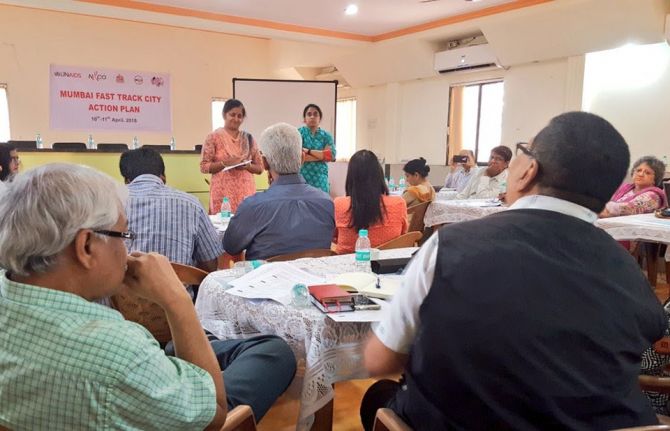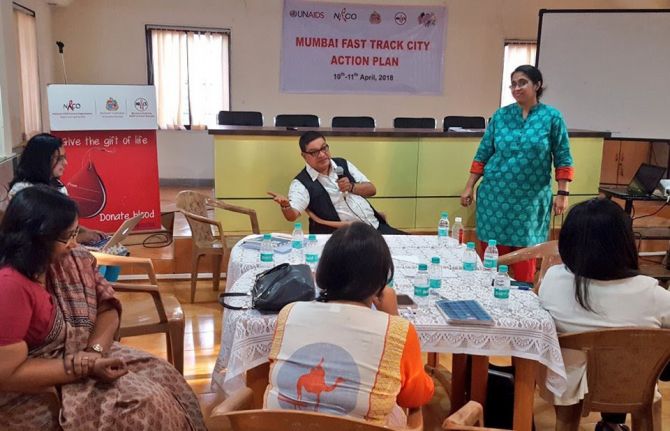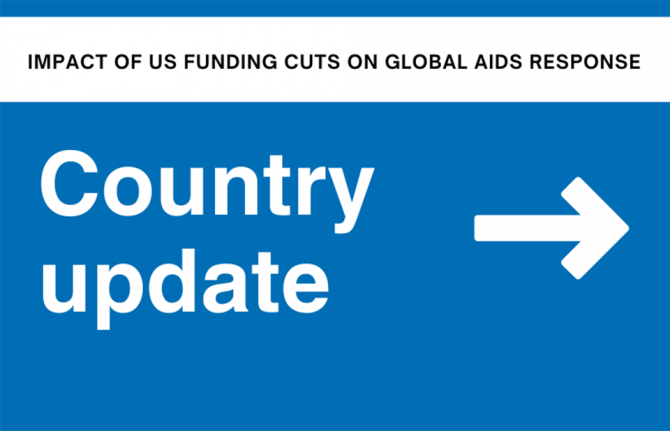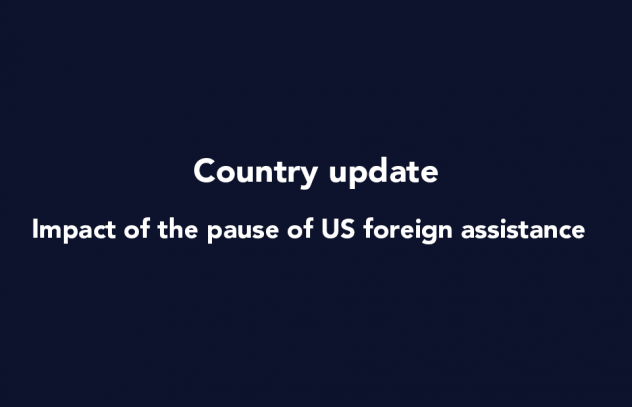



Feature Story
Mumbai Fast-Tracks AIDS response by spearheading innovations to end epidemic by 2030
19 April 2018
19 April 2018 19 April 2018Population growth and fast urbanization, fuelled by sustained immigration and accelerating mobility, are rapidly changing the socioeconomic and behavioural patterns of people in big cities.
Mumbai, a city of 12 million people, was one of the first cities to sign up to the Fast-Track cities initiative, launched in Paris on World AIDS Day 2014. Since then it has rapidly adopted measures to accelerate progress towards achieving the Fast-Track 90-90-90 treatment targets. However, the challenge today goes beyond scaling-up efforts to attain the 90-90-90 targets. Efforts to end AIDS must also focus on effective use of combination HIV prevention and eliminating the stigma and discrimination that impede universal access to health services.
The Mumbai District AIDS Control Society and UNAIDS brought together more than sixty participants from government, international and civil society organizations from 10 to11 April to identify innovative strategies to expand HIV prevention and treatment service coverage in the megacity.
Participants noted that growing inequalities in the urban environment were forcing people to take risks to survive. Sex workers, people who inject drugs, men who have sex with men and transgender people (Hijras) who are already at higher risk of HIV infection are particularly negatively impacted by these trends.
Urban gentrification is pushing key populations out of areas where they had previously gathered making the task of delivering HIV services more complicated. As populations have become more dispersed and hidden, traditional HIV prevention outreach approaches using peer workers have become less effective.
Reflecting on these challenges, participants noted that with change came opportunity. More systematic compilation of data and granular analysis has helped identify locations and populations where risk and vulnerability are greatest. According to city officials, improved data and understanding is helping to refine their approach to HIV prevention interventions. New packages of services designed through the profiling of newly emerging risk behaviours are being planned.
To further Fast-Track the AIDS response, several new approaches have been introduced. Community-based HIV screening helps to accelerate diagnosis and treatment of people living with HIV. Similarly, in growing slum areas mobile vans offering HIV testing services provide the opportunity to large numbers of people to know their HIV status.
While social media platforms are proving a cost-effective means to improve HIV awareness and connect people to prevention and treatment services, Mumbai authorities are convinced that more innovative communication strategies are also necessary. They plan to use social and mass communication media to mobilize support to ‘normalize’ AIDS as a chronic disease and prevent new HIV infections. HIV champions will target a range of different audiences including adolescents and young people to amplify HIV prevention messages.
All participants agreed that efforts to scale up access to HIV services need to be led at a faster pace as “there is no time to lose” to end AIDS by 2030.



